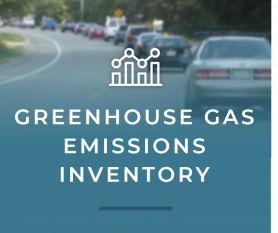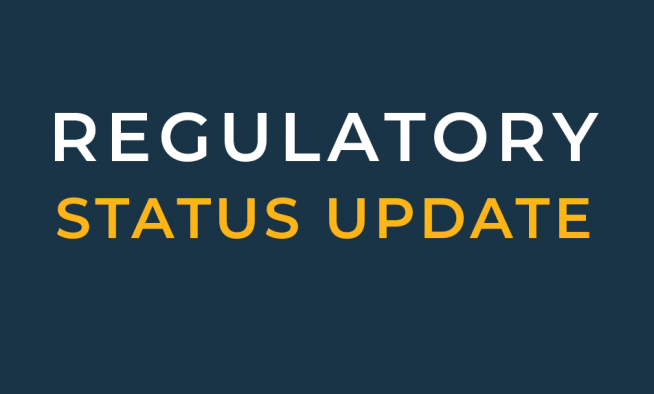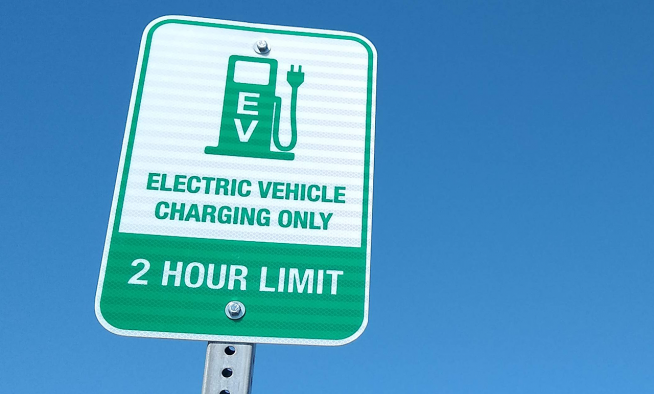Cape Cod Commission completes greenhouse gas emissions inventory
 A greenhouse gas inventory is a comprehensive accounting of total greenhouse gas emissions for all man-made sources. The Cape Cod greenhouse gas emissions inventory provides a complete picture of GHG emissions from Cape Cod, identifies high emissions sectors, establishes an accounting method that is comparable and reproducible so emissions can be measured going forward.
A greenhouse gas inventory is a comprehensive accounting of total greenhouse gas emissions for all man-made sources. The Cape Cod greenhouse gas emissions inventory provides a complete picture of GHG emissions from Cape Cod, identifies high emissions sectors, establishes an accounting method that is comparable and reproducible so emissions can be measured going forward.
The 2018 Regional Policy Plan recognizes climate change as a key regional challenge facing Cape Cod. It includes a Cape Cod Commission planning action to encourage and engage communities to better understand regional greenhouse gas (GHG) emissions, specifically to develop an estimated baseline of GHG emissions for the region using available models and data. This inventory, now complete, can be used to target actions and strategies to reduce emissions on Cape Cod.
Greenhouse gases are a group of certain natural and synthetic gases that trap heat in the Earth’s atmosphere, such as carbon dioxide (CO2), methane (CH4), and nitrous oxide (N2O), and are widely acknowledged to contribute to climate change. GHGs occur naturally and are also emitted from human activities, such as the use of fossil fuels, the breakdown and treatment of waste, agricultural and land management practices, and their use in industrial processes and the manufacturing of products we use.
Cape Cod Commission staff compiled a greenhouse gas emissions inventory for a baseline year of 2017, following the Intergovernmental Panel on Climate Change (IPCC) Guidelines for National Greenhouse Gas Inventories, which focuses on GHG emissions and removals from man-made sources and activities.
Using local, state, and federal data, the inventory calculated emissions of carbon dioxide, methane, nitrous oxide, hydrofluorocarbons, perfluorocarbons, and sulfur hexafluoride from six sectors: stationary energy (building energy use), transportation, industrial processes and product use, agriculture, waste, and land use.
GHG emissions for Cape Cod in 2017 equal 3,564,875 metric tons of carbon dioxide equivalent (MTCO2E), approximately 4-5% of Massachusetts state emissions. The highest emissions are associated with the transportation and stationary energy sectors.
This differs from the Massachusetts state inventory for 2017 where stationary energy use accounts for the highest emissions, followed by transportation. This difference can be attributed in part to the nature and patterns of development on the Cape, including our reliance on passenger vehicles to move around the Cape and our high amount of homes using fossil fuels for home heating and appliances.
Carbon sequestration, or storage, was calculated in the land use sector. The natural process of plants absorbing CO2 leads to carbon sequestration. The region has the potential to sequester 340,582 million ton of carbon dioxide equivalent (MTCO2E) per year. Other natural ecosystems found throughout Cape Cod, such as wetlands and open water, have the potential to sequester additional carbon. As such, this inventory likely represents the minimum sequestration potential of natural lands on Cape Cod.
This baseline can provide communities with the information to understand the contributing factors to Cape Cod’s GHG emissions. The Commission will incorporate this data into its Climate Initiative and Climate Action Plan planning process to help identify measures and strategies to reduce GHG emissions and mitigate the impacts of climate change on the region.




